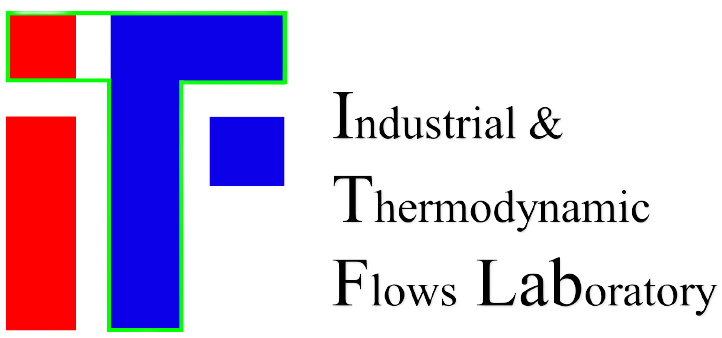Electrochemistry
Diverse application areas for electro-metallurgical processes exist in liquid metal battery (LMB), emission-free extraction and refining of metals, magneto-electrolysis, and aluminum smelting. Our interest is to develop models including the forced convection of the flow of electrolyte. We developed several models including different classes such as primary, secondary, and tertiary current distributions. The primary current distribution ignores the electrode kinetics and concentration-dependent effects. The electrical resistance in the electrolyte is assumed to obey Ohm’s law. Similarly, the secondary current distribution neglects composition variations in the electrolyte that allows us to use Ohm’s law. However, the potential drop at the electrode-electrolyte interface as a consequence of electrochemical reactions, known as activation overpotential, is taken into account. The tertiary current distribution considers effects of variations in the electrolyte composition as well as electrode kinetics on the behavior of the electrolyte. The Nernst–Planck equations are solved subject to the approximation of electroneutrality.
Additionally, we developed transient models based on Dynamic Mesh or Volume of Fluid (VOF) to study electrodeposition, electroplating and electrowinning of metals as popular techniques to produce clean metals/alloys.

